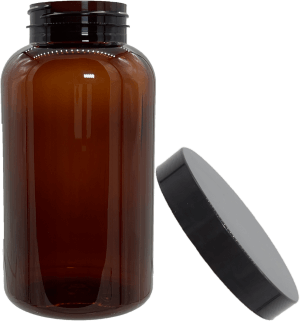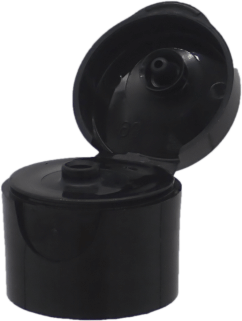

Bay Area Bottles provides eco-friendlier rigid packaging to the personal care, beauty, and nutraceutical industries.

Originally founded in the bay area, Bay Area Bottles provides eco-friendlier rigid packaging to the personal care, beauty, and nutraceutical industries. We offer bottles, jars, lotion pumps, sprayers, sealing discs, dispensing and non-dispensing caps, cosmetic tubes, droppers, trigger sprayers, foamer bottles, and more. Our rigid packaging is used for shampoos, lotions, body butters, supplements, and many other personal care products. What makes Bay Area Bottles unique is that we alleviate many of the hurdles that prevent companies from being eco-friendlier with their packaging and services. See our About us section for exactly how we do this.




